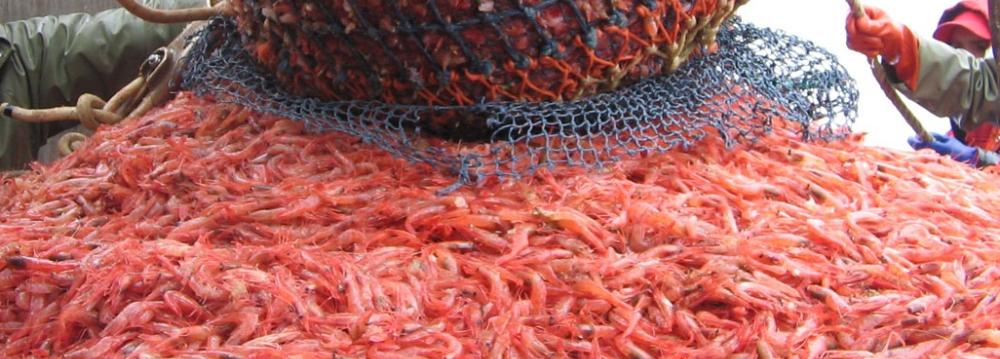Iran's Hormoz Dam Company and Crusta'C and Du Ble Au Soleil SASU companies from France signed a contract worth $20 million in Tehran on Saturday for the joint production and export of 1,000 tons of shrimp annually, the chairman of Iran Feed Industry Association said.
"The share of capital each side brings to the table is not stipulated precisely in the contract, yet the French sides have undertaken to transfer the latest technology in the field to their Iranian counterpart and this is what we are mainly after," Majid Movafeq-Qadiri also told Financial Tribune in a telephone conversation.
The required technology at each step of the production process is to be transferred by the French companies to the Iranian party. These include the latest shrimp farming methods, the know-how of producing larvae with the highest amount of productivity, feeding instructions and the most efficient ways of processing and packaging.
"Machinery will also be imported along the way if need be," Movafeq-Qadiri said.
The two sides have agreed in the contract to form a joint holding called Crustapars and carry out the whole shrimp production and export process under the same brand.
This is the first time in the field of Iranian fisheries that the entire process, beginning from shrimp larviculture to breeding, feeding, farming, packaging, processing and selling, is going to be executed by a single company.
A trial period of cooperation took place between these companies last year, which led to the export of 200 tons of shrimps.
"The undertaking of the entire production process by one company has a multitude of advantages, among them the fact that production costs decrease and as a result end prices too reduce by at least 15%. This means more people can afford seafood and per capita consumption of these products increases, in turn benefiting people's health," he said.
"This kind of production will put us in a strong bargaining position in the international markets, gives a competitive edge to our products and increases the quality of products."
Movafeq-Qadiri also announced that a delegation from the Agriculture Commission of the European Union comprised of representatives of 40 companies active in the food industries is scheduled to visit Iran and hold a business forum in the capital on November 11-12.
"Most of these companies are active in livestock, poultry and fish sectors as well as food industries. The commission will survey trade and investment opportunities as well as the possibility of technology transfer with their Iranian counterparts who are willing to receive foreign investments and technology," he said.
"Over 20,000 tons of shrimp were produced in Iran in the year to March 20, 2017, of which about 14,000 tons were exported mainly to the European Union, Russia, Southeast Asian countries, Vietnam and China as well as the Persian Gulf littoral Arab states," the head of Seafood Exporters Union, Ali Akbar Khodaei, said.
The official noted that production and exports are expected to rise to 30,000 and 20,000 tons respectively in the current Iranian year (March 2017-18).



